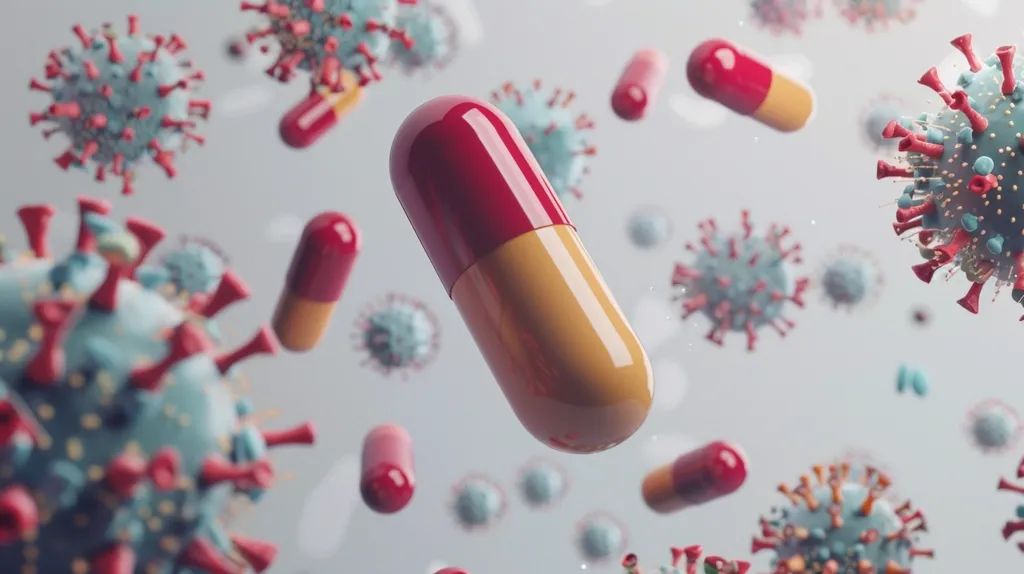
New AI-Designed Antibiotics Target Drug-Resistant Superbugs
Aug 15, 2025 |
👀 44 views |
💬 0 comments
In a major breakthrough for medical science, researchers at the Massachusetts Institute of Technology (MIT) have harnessed the power of generative artificial intelligence (AI) to create two new potential antibiotics capable of killing drug-resistant superbugs, including gonorrhoea and MRSA. The discovery marks a significant step in the global battle against antimicrobial resistance (AMR), which is estimated to cause nearly 5 million deaths annually.
The AI's Generative Approach to Drug Discovery
Unlike previous AI applications that were used to screen existing chemical libraries for antibiotic properties, this new research used generative AI algorithms to design entirely novel compounds from scratch. The MIT team employed two different AI models to explore a vast and previously inaccessible "chemical space," generating tens of millions of hypothetical molecular structures.
Targeted Design: For drug-resistant gonorrhoea (Neisseria gonorrhoeae), the AI was given a specific chemical fragment known to have some antimicrobial activity. It then built upon this fragment, iteratively adding atoms and bonds while predicting the compound's potential to kill bacteria and its toxicity to human cells. This process led to the creation of a promising compound named NG1.
Unconstrained Design: For methicillin-resistant Staphylococcus aureus (MRSA), the AI was given free rein to design molecules without any pre-defined fragments. This approach generated over 29 million unique compounds, from which the researchers identified a candidate named DN1.
Novel Mechanisms of Action
One of the most promising aspects of these new antibiotics is their novel mechanism of action. The researchers found that NG1 and DN1 appear to work by disrupting the bacterial cell membrane, a function that is different from most existing antibiotics. By targeting a previously untargeted protein (LptA) in the case of NG1, the new drugs are less likely to be immediately rendered ineffective by existing resistance mechanisms.
Promising Results, Long Road Ahead
After the AI designed the leading candidates, they were synthesized and tested in laboratory and animal models. Both NG1 and DN1 were found to be effective at killing their respective superbugs in a lab dish and in mouse models of infection.
While the results are highly encouraging, the researchers caution that the compounds still require significant refinement and years of clinical trials before they can be prescribed to patients. The next steps involve improving the drugs' pharmacological properties and further testing their safety and efficacy in humans.
The successful use of generative AI in this research has sparked optimism among experts, who believe this new approach could revitalize the antibiotic discovery pipeline, which has largely stalled since the 1980s. With AMR continuing to pose a grave threat to public health, this AI-powered method offers a new and powerful tool in the ongoing fight against deadly superbugs.
🧠 Related Posts
💬 Leave a Comment
